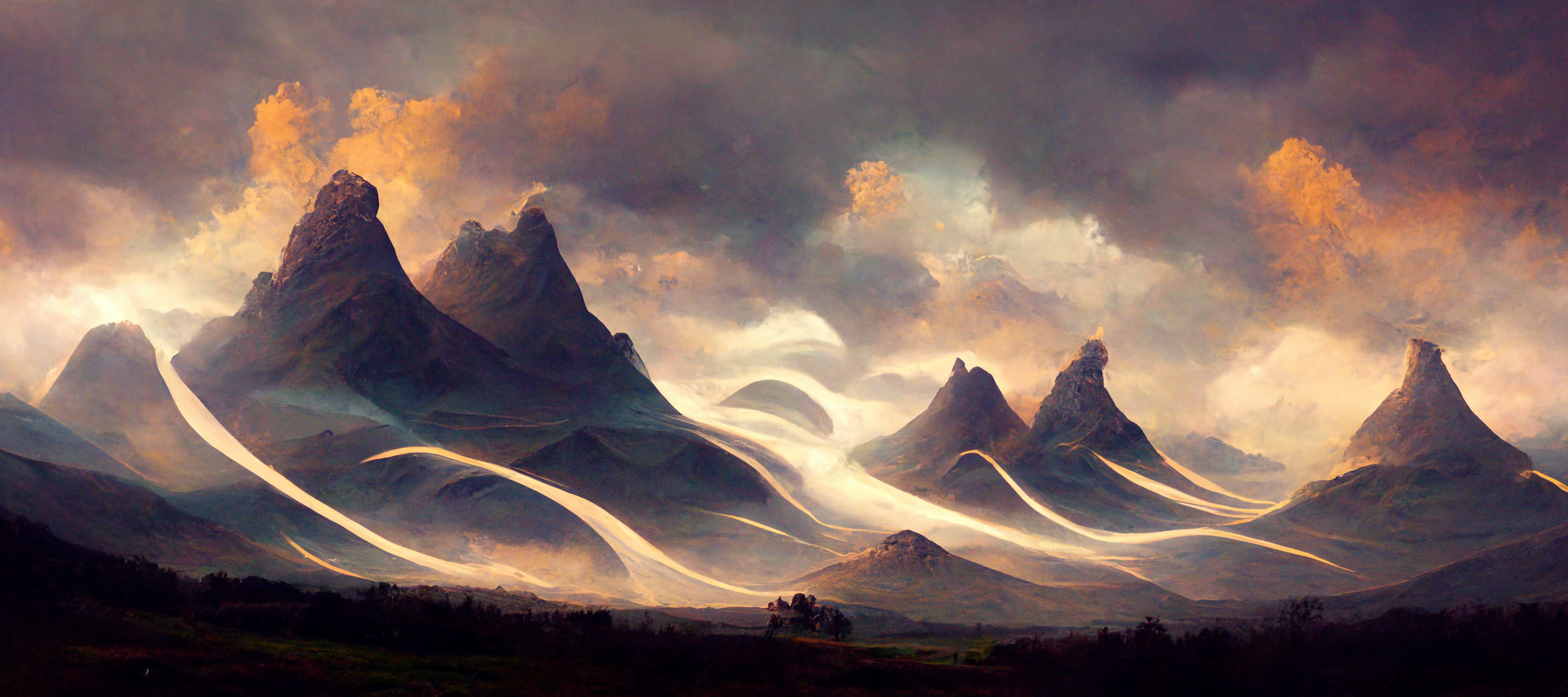Dragonkin
Neat quote description here
Anatomy & Morphology
General description
Dragonkin are typically described as small bipedal draconic people about the size of a Dwarf. The older Dragonkin or Dragonkin with a strong magical ability have small wings. Most who have wings, struggle with flight beyond gliding down from a slight height. A few of those who have wings can fly properly.
The presence of horns seems to be dependent on the Dragonkin's coloring, and while their horns match closely to the recorded horn growths of similarly scaled Dragons, they are significantly smaller or appear juvenile compared to a Dragon's.
Biology
Dragonkin are hatched, usually they hatch on the same day or week as several others who are considered their siblings as well as any who share their parentage. The hatching-siblings are generally each other's first friends and playmates.
words
Eggs are laid by expecting parents, though hatching-siblings may share in the egg-tending duties and share the nest with each other, ensuring their offspring would also be hatch-siblings.
Dragonkin can generally eat most protein sources - the protein-rich mushrooms consumed by Dwarves will make Dragonkin sick. Among the plants of Soplas and the Undermountains, Dragonkin will pick and choose before finding the the ripest fruits and vegetables.
Of all the Sophonts of Soplas, and presumably Corive, Dragonkin are the only surface-dwelling species who can eat most culinary creations of the Undermountain living dwarves.
Society
Dragonkin society generally follows the same trends as their respective nationalities, each who view their draconic features differently.
Among the Turves, Dragonkin are treated no worse than any other surface-dwelling peoples. The Undermountains do not have much history with the Adrakian Empire to color their interactions with the Dragonkin - not when their history mostly consists of "Our food made surface dwellers sick. Surface dwellers are technological barbarians compared to us, so we should shut our gates until they are at about our equal status. Which is never."
The dietary similarities, however, make Dwarves a popular "disguise" for Dragonkin individuals, and some Sonzturf families will "donate" physical features for the creation of a disguise charm to help a Dragonkin navigate the more prejudice regions in some safety, if they happen to live near such a region, or if they like the individual enough to do so while near a mage who can make one.
Dragonkin have historically been treated with disdain, but not hunted down like wild animals. The anti-dragon sentiment, however, has lightened up to passive forms of discrimination intended to ensure the local Dragonkin won't be staying for long. The further from the Order of Speared Light the Dragonkin finds themselves, the less severe the treatment is. Most of the Order's rhetoric has been weakening over the centuries since the last Dragon was killed
History of the Species
It has been suggested Dragonkin are all the descendents of Dragons who were allowed to live after the fall of the Adrakian Empire or who had escaped the dragon hunts and chose to force their offspring into being smaller than most other Sophonts.
Beauty Ideals
Scales, claw, and horn care are major indicators of an individual's mood, health, and beauty status. Chipped claws or scales are often a sign of poor nutrition, the individual being under a high level of stress, or the individual's health is in decline from illness or extreme old age. Horns take longer to fall into decline, though once broken off, they will not grow back. Most Dragonkin with broken horns are presumed to be more aggressive or less inclined towards self-preservation enough to throw themselves into situations where horns could be broken or damaged.
Taboos
Calling a Dragonkin a "Dragon" is generally considered a derogatory slur, though the severity varies based on the culture the term is delivered from.



Dragonkin seem to be getting by with less difficulty than their Dragonborn cousins. They kept more of their culture, if I understand it well, and are not as worried about being hunted into extinction as their cousins are. I wonder if having oviparous instead of viviparous reproduction helped them in keep their culture, and not became a target as often as the others. Perhaps they where more strange in the eyes of mammals and because of that remained more distant, what avoided conflicts? Or the oviparous 'way of life' gave them more chance to make alliances with other talking species that put eggs as well, and those alies made the difference in some important time?
I didn't actually think of that biological division and was more originally going with Dragonbloods (the Dragonborn reworkings) being more feared because they start off looking like another species before developing scales, while dragonkin are small and always draconic, but also "second-class" when they can be found in cities.